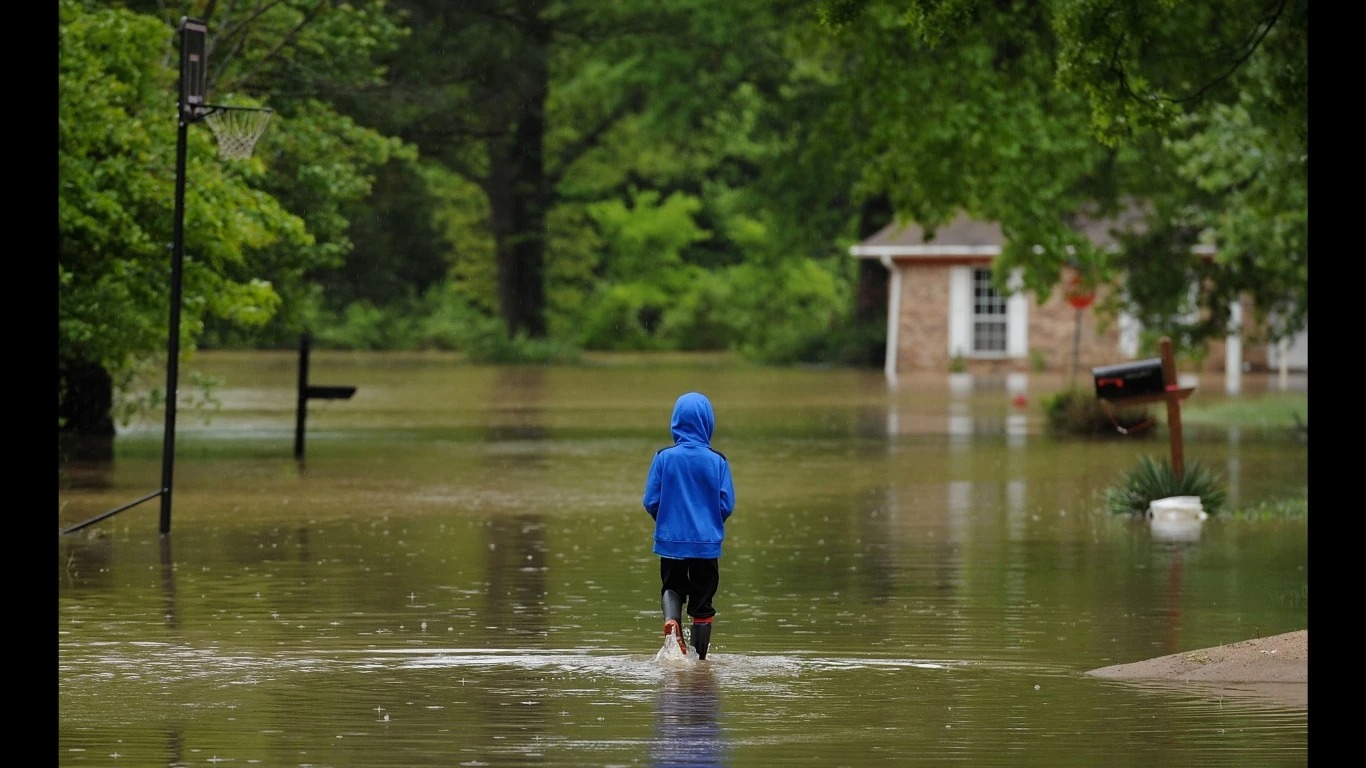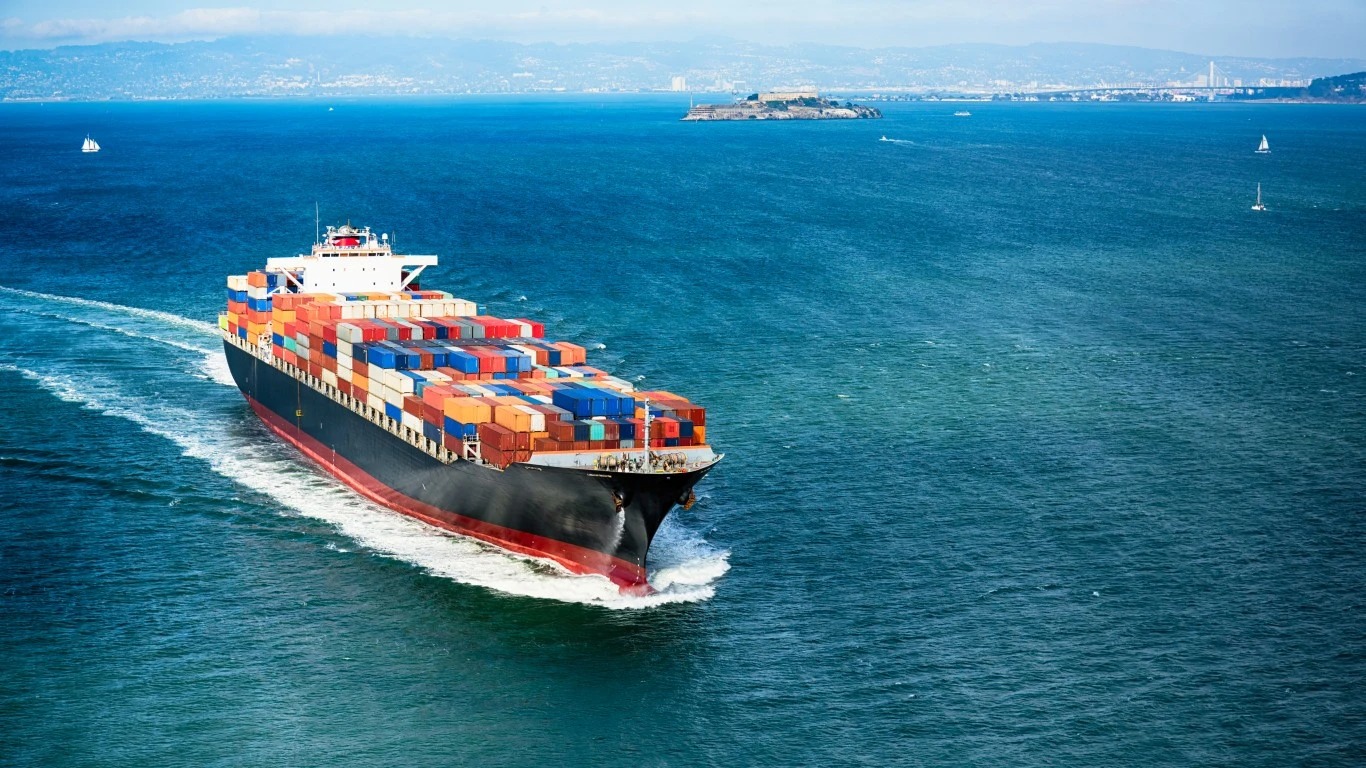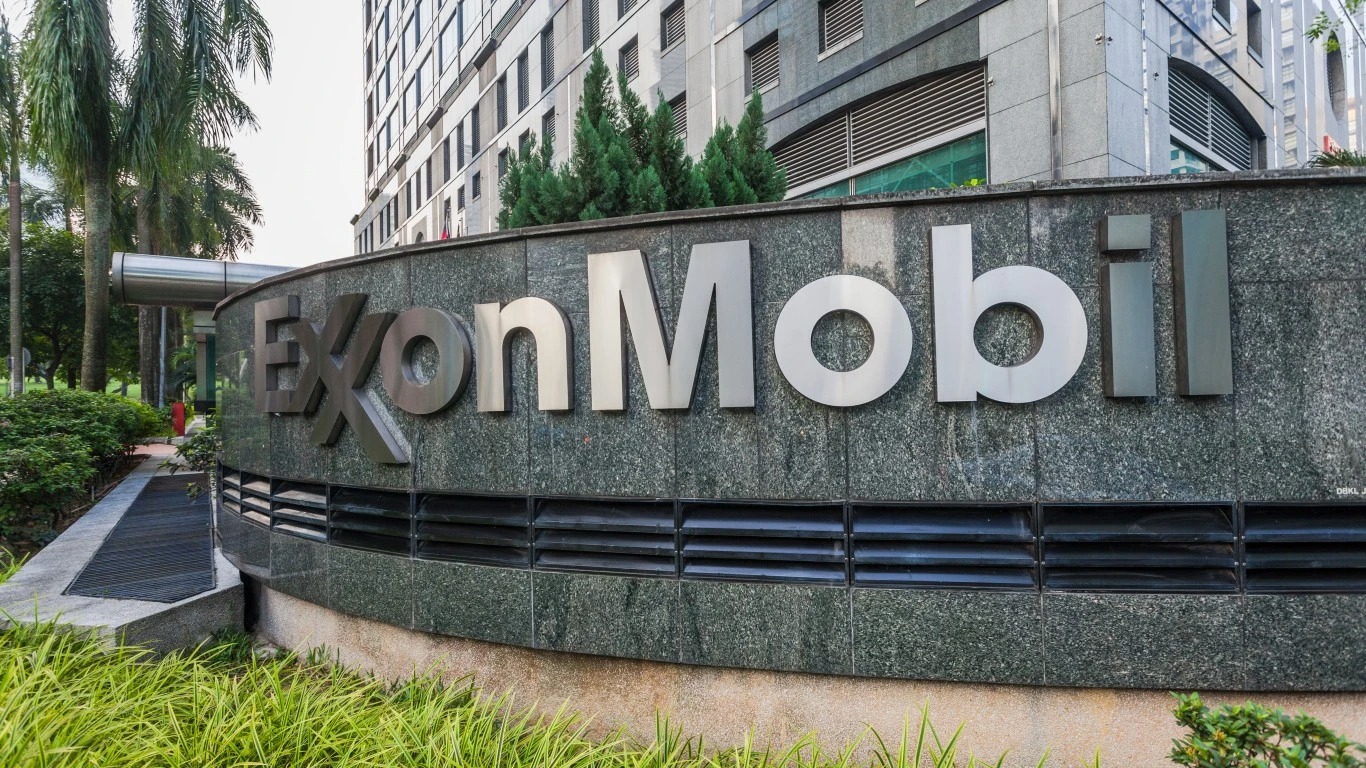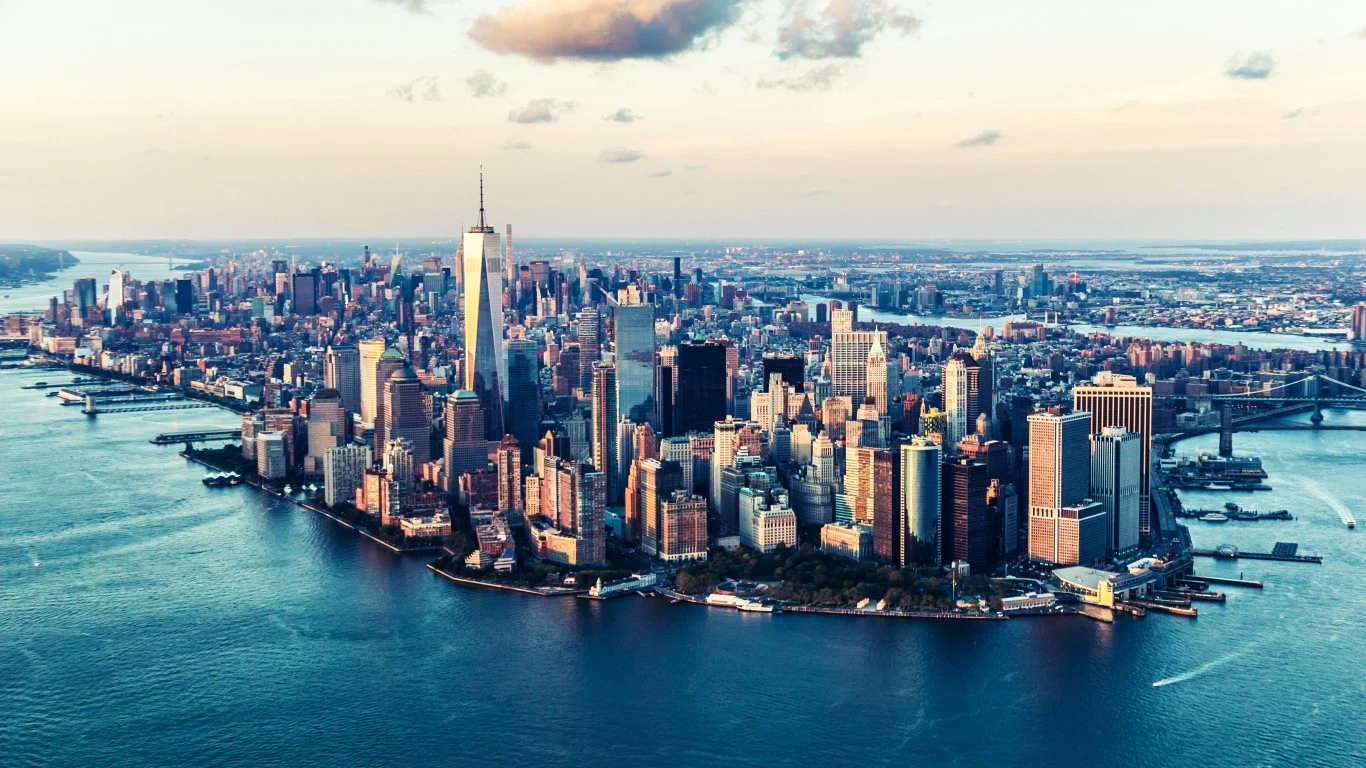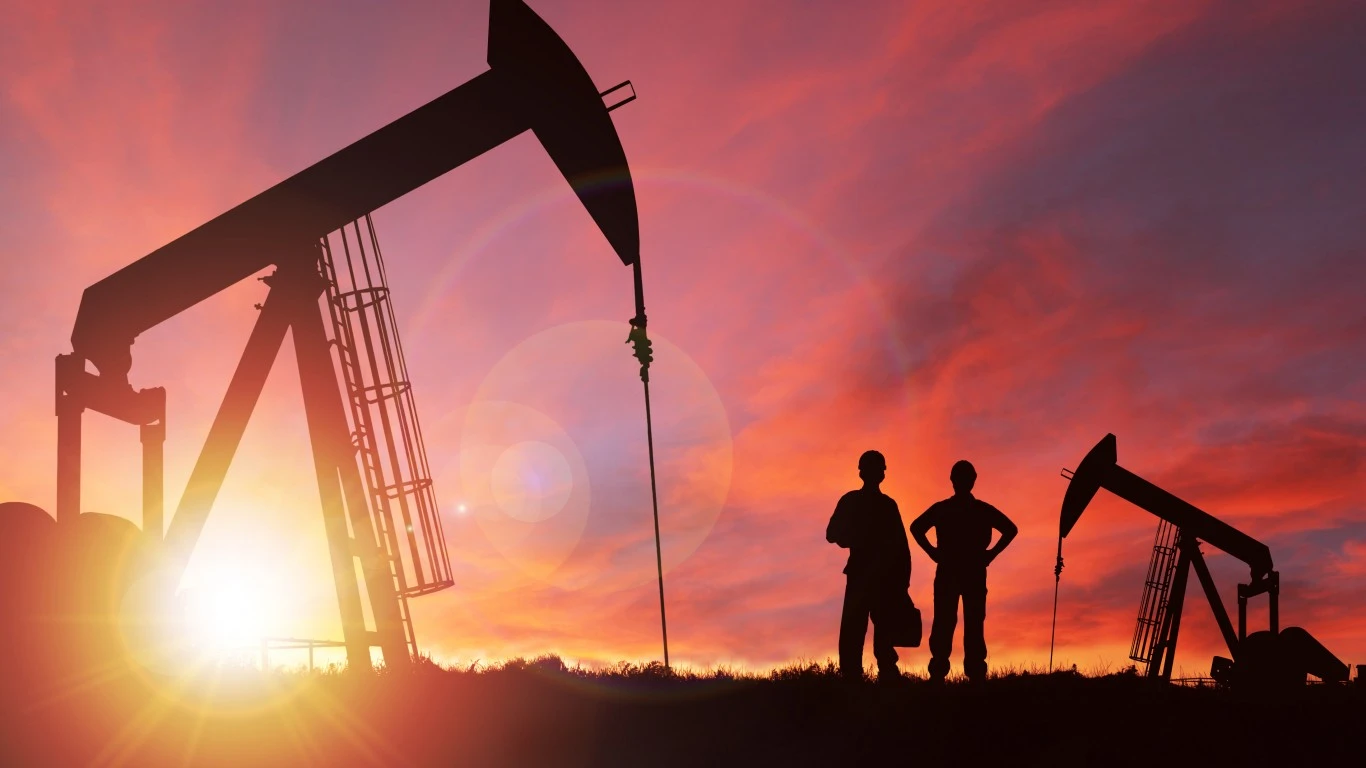The failure of shareholder climate resolutions designed to reduce pollution from the oil giants in the U.S. and Europe in the past two weeks has left climate activists depressed and slowed any momentum on Wall Street — if there really ever was any — to push for a faster energy transition away from fossil fuels.
But behind the headlines of weak climate votes at Exxon $XOM , Chevron $CVX , Shell $SHEL and BP $BP , the transition is quietly picking up speed. Exxon announced a deal with steel company Nucor $NUE this week to capture up to 800,000 tons of carbon from one of its steel plants — the third big carbon capture deal for Exxon since October and the fourth big deal in the industry in the past few weeks.
The oil giants are also increasingly adding renewable power to their arsenals, even as they continue producing oil at a reckless pace. Shell announced plans this week to buy 12 solar projects in Spain to boost its solar power business.
These may be small deals now, but they will pile up and grow larger over time. At some point, an oil giant will buy a major wind company or solar company, and these small deals will start to make sense. At the same time, the nascent carbon capture industry will shift to the oil companies, just as the electric vehicle business is beginning to shift to the major automakers.
Shareholders of these oil companies have clearly voted in favor of profit and more drilling — even as oil prices fall this year. But just like the tech companies, the search is always on for the next major revenue stream. And it’s not going to be oil much longer.
Why Latin America is unlikely to form an OPEC-like cartel for lithium
. . . . Hoping to ride the wave of its massive lithium deposits as the mineral is sought after for use in electric vehicle batteries, Chile announced plans last month to nationalize its lithium mines, and even floated the idea of a lithium cartel with neighboring Bolivia and Argentina. But our Latin America correspondent Mike Molinski doubts that lithium can become the successful product that drove oil producers to create OPEC, or that the three countries have stable political economies enough to compete with other big lithium producers such as China and Australia. . . .
Read the full column
Thursday’s subscriber insights
Climate change causing more deaths on Mount Everest
. . . . . As many as 17 people have died this year attempting to climb Mount Everest, and Nepal’s head of tourism says variable weather and climate change are part of the reason this will be one of the deadliest years on record. Read more. . . .
Lucid shares fall 15% as Saudi rescue seen on hold
. . . . Shares of Lucid Motors, which have been in a freefall since February, plunged another 15% on Thursday after the electric vehicle maker raised $3 billion in a stock offering, which included a private placement with Saudi Arabia’s Public Investment Fund. The $1.8 billion placement kept the Saudi fund’s holdings in Lucid $LCID at just over 60%, disappointing investors who had hoped earlier this year that the fund would simply take over the struggling company.
Lucid has plenty of runway left, more than $3 billion in cash and credit lines. It has said production of its sleek new EVs is increasing, so this will be a pivotal year. EV demand is growing, but the smaller EV makers such as Lucid face enormous production obstacles in competing with the likes of Ford Motor $F and Tesla $TSLA .
An eventual Saudi takeover of the company, or brokering of a deal to a larger automaker, looks likely. But investors brave enough to hold on will have to wait a little bit longer. . . .
Making energy from the Earth’s humidity, like lightning, under study
. . . . An exciting new possibility for the generation of green power is the possibility of harvesting electricity from the Earth’s humidity. It is already proven to a certain extent in lightning strikes; now scientists are trying to figure out how to plug into what could be a vast natural resource that is constant (unlike wind and sunlight). Read more here. . . .
EU votes to require climate reporting, transition plans from large companies
. . . . The European Parliament formally voted Thursday on a law to require climate disclosure reporting from the largest companies, including so-called Scope 3 reporting of their emissions of their supply chains. The law, a long time in coming, also will require companies to detail their transition plans to renewable energy.
The vote, which was expected to pass by a large margin, puts Europe firmly ahead of a divided U.S. on climate reporting and transition. Because so many large U.S. companies already compile and report similar information to comply with European regulations, the move to this type of reporting will inevitably come to the U.S. as well, though not without a messy political circus about climate change beforehand. . . .
Editor’s picks: PG&E fire settlement; EU’s ‘hydrogen bank’ to spur development
PG&E settles in fatal fire lawsuit
During a windstorm in late September of 2020, a gray pine fell on a power line in Northern California’s Shasta County. The resulting fire killed four people, destroyed more than 200 buildings and blazed through 56,000 acres. Blame for the Zogg fire, as it was called, was placed at the feet of the state’s beleaguered utility, Pacific Gas & Electric $PCG — which has faced numerous other civil and criminal complaints in recent years, most alleging the company didn’t properly maintain equipment and vegetation. This week, a Shasta County judge dismissed criminal charges against PG&E for its role in the Zogg fire. The tentative court order found no evidence the company’s inspections fell below industry standards. However, PG&E will pay $50 million in a related civil settlement; $45 million will go to nonprofits and other local support organizations. Another $5 million will go to Shasta County. This deal follows a settlement PG&E made with California’s Public Utilities Commission two weeks ago related to the Zogg fire. The utility agreed to pay a total of $150 million in that case — $10 million will be paid as a penalty to California’s General Fund, and $140 million in shareholder funds will be invested for new wildfire mitigation initiatives designed to cut fire risk. PG&E will also implement several new vegetation management systems in high fire risk areas, according to the CPUC.
EU plans ‘market maker’ hydrogen funding auctions
The European Commission and the region’s hydrogen developers are getting ready for the first funding auction later this year, in a move to help achieve production targets by the end of the decade. According to a post for S&P Global Market Intelligence, the EC has created the European Hydrogen Bank, “designed to bridge and lower the cost gap between renewable hydrogen and fossil fuels for early projects, with producers competing for a fixed price per kilogram of hydrogen for a maximum of 10 years.” The goal is to reach 10 million metric tons of domestic green hydrogen per year by 2030, as well as another 10 MMt/y of imports. According to the S&P report, the first auction, backed by €800 million from the EU and its member states, is scheduled for later this year but will need to be followed by larger auctions if the EU’s hydrogen targets are to be met.
Explain that: Seeing REDD
. . . . Avoiding deforestation is one way to mitigate emissions and encourage sustainable development. REDD+ stands for reducing emissions from deforestation and forest degradation, and it’s part of an “effort to create financial value for the carbon stored in forests, offering incentives for developing countries to reduce emissions from forested lands and invest in low-carbon paths to sustainable development,” according to the UN’s International Panel on Climate Change. “REDD+ goes beyond deforestation and forest degradation, and includes the role of conservation, sustainable management of forests and enhancement of forest carbon stocks. The concept was first introduced in 2005 in the 11th Session of the Conference of the Parties (COP) in Montreal and later given greater recognition in the 13th Session of the COP in 2007 at Bali and inclusion in the Bali Action Plan, which called for ‘policy approaches and positive incentives on issues relating to reducing emissions from deforestation and forest degradation in developing countries (REDD) and the role of conservation, sustainable management of forests and enhancement of forest carbon stock in developing countries.’” Since then, support for REDD has increased and has slowly become a framework for action. Read more in the IPCC glossary. . . .
Words to live by . . . .
We can produce imagery to share the beauty of the oceans and what is there to protect. We can also expose the truths about overharvest, climate change, and habitat loss to give oceans a voice. — Photographer David Doubilet.
By David Callaway
